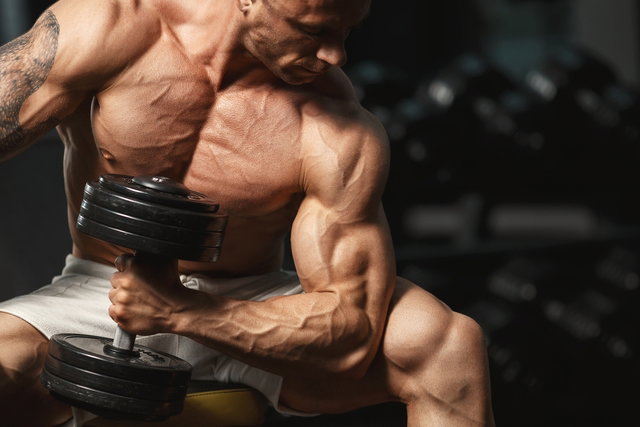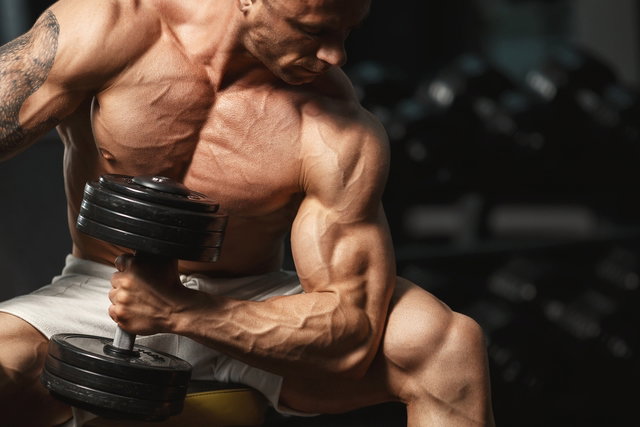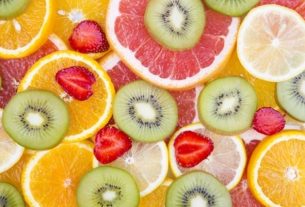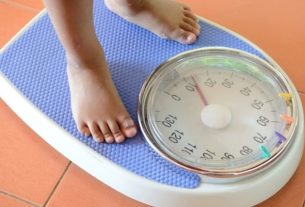Cutting is a process that aims to lose fat without a large loss of muscle mass so that it is possible to have greater muscle definition. Thus, with cutting it is possible to lose excess weight gain by transforming it into muscle mass.
Despite being used mainly by bodybuilding athletes, cutting can also be done by people who want to dry out and, thus, acquire greater muscle definition. To achieve this, it is important that the eating plan is recommended by a sports nutritionist according to the person’s nutritional needs and objectives and that the training is carried out under the guidance of a physical education professional.
Bulking and cutting are strategies used mainly by bodybuilders with the aim of ensuring greater muscle mass, less body fat and greater muscle definition. While bulking is carried out in the off-season, that is, in times when there are no competitions, cutting is carried out in the preparation phase for the competition. Learn more about bulking and understand how it is done.

How to make
To cut, it is important to follow the nutritionist’s recommendations, who usually recommend following a more restricted diet, with an increase in the amount of proteins and a decrease in carbohydrate consumption. Carbohydrates are the main source of energy for the body, however when cutting it is important that the energy comes from accumulated fat.
Furthermore, the training routine must be in tune with the diet. It is important that in the training plan there are days on which aerobic training of moderate to high intensity is carried out, it is important that on that day there is an increase in carbohydrate consumption, in accordance with nutritional guidance, as this allows you to have energy to carry out the training. correctly and intensely, favoring cutting results.
To stimulate fat burning, it is recommended that there are 2 to 3 days of moderate to high intensity aerobic training and weight training exercises in which muscle groups are worked in isolation, with the aim of avoiding the loss of muscle mass. The cutting time can vary according to the percentage of fat, how much the person wants or needs to lose and the intensity of the training performed.
What is the cutting diet like?
Eating during the cutting phase must be done under the guidance of a nutritionist, as this allows the best eating plan to be determined according to the person’s goals and training intensity.
In this process, the recommendation is to reduce carbohydrate consumption and increase protein intake, since the objective is to reduce the percentage of fat and maintain muscle mass. Therefore, it is recommended not to consume sugar, refined flour, sweets, bread, oatmeal, rice or pasta and give preference to lean meats, such as chicken and turkey, fish, eggs, seeds and cheese, for example. Check out what a low-carb diet should be like.
Furthermore, it is important to drink plenty of water and avoid going too long without eating. Normally, the recommendation is to have 3 main meals and 2 snacks. In some cases, the nutritionist may also recommend the use of supplements with amino acids, to avoid the loss of muscle mass, and the use of thermogenics, however the use of thermogenics must be well advised so that the rebound effect does not occur, which corresponds to the weight gain when you stop using it.
Here are some more tips on the low-carb diet:
Bibliography
- HELMS, Eric R.; ARAGON, Alan A.; FITSCHEN, Peter J. Evidence-based recommendations for natural bodybuilding contest preparation: nutrition and supplementation. Journal of the International Society of Sports Nutrition 2014, 11:20. Vol 20. 11 ed; 2014
- GENTIL, Paulo. A nutrition and conditioning intervention for natural bodybuilding contest preparation: observations and suggestions. Journal of the International Society of Sports Nutrition. Vol 50. 12 ed; 2015
- GENTIL, Paulo et al. Nutrition, pharmacological and training strategies adopted by six bodybuilders: case report and critical review . Eur J Transl Myol. Vol 27. 1 ed; 51-66, 2017

Sign up for our newsletter and stay up to date with exclusive news
that can transform your routine!
Warning: Undefined array key "title" in /home/storelat/public_html/wp-content/plugins/link-whisper-premium/templates/frontend/related-posts.php on line 12
Warning: Undefined array key "title_tag" in /home/storelat/public_html/wp-content/plugins/link-whisper-premium/templates/frontend/related-posts.php on line 13





